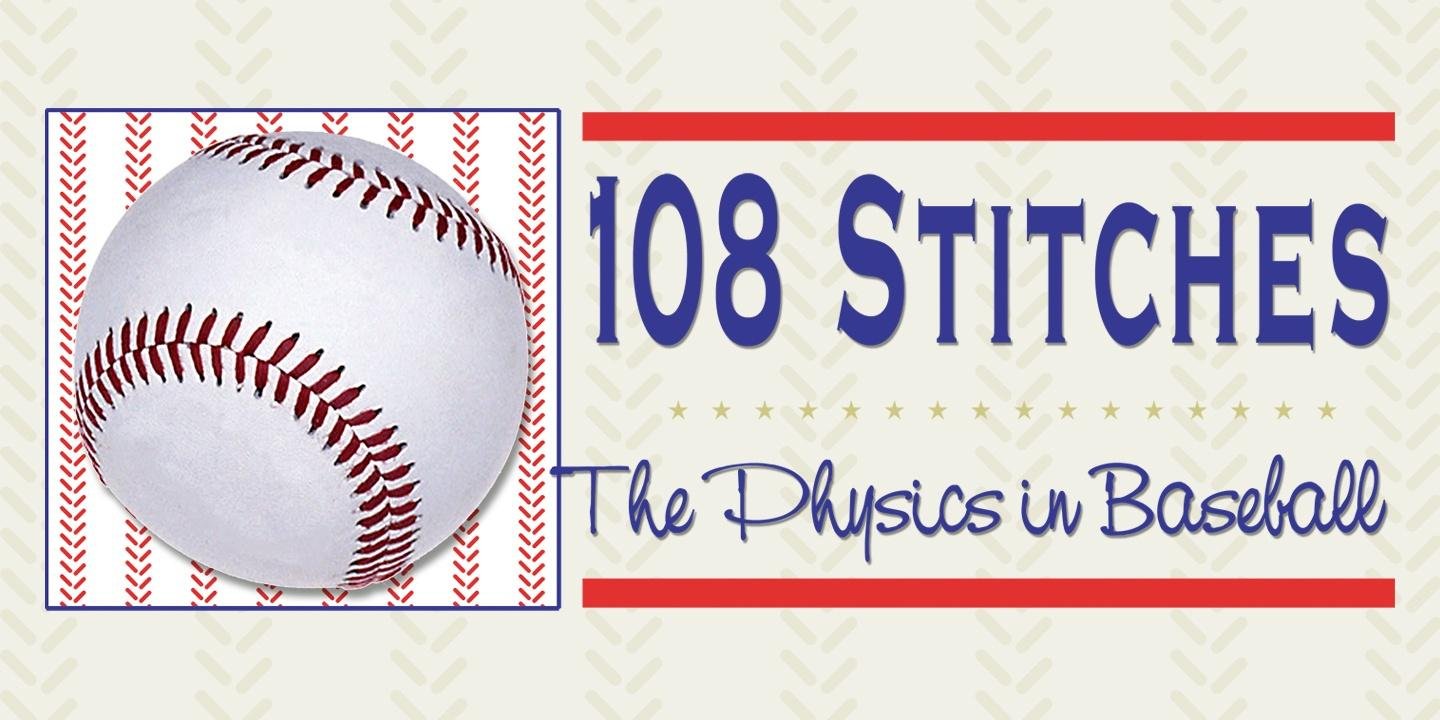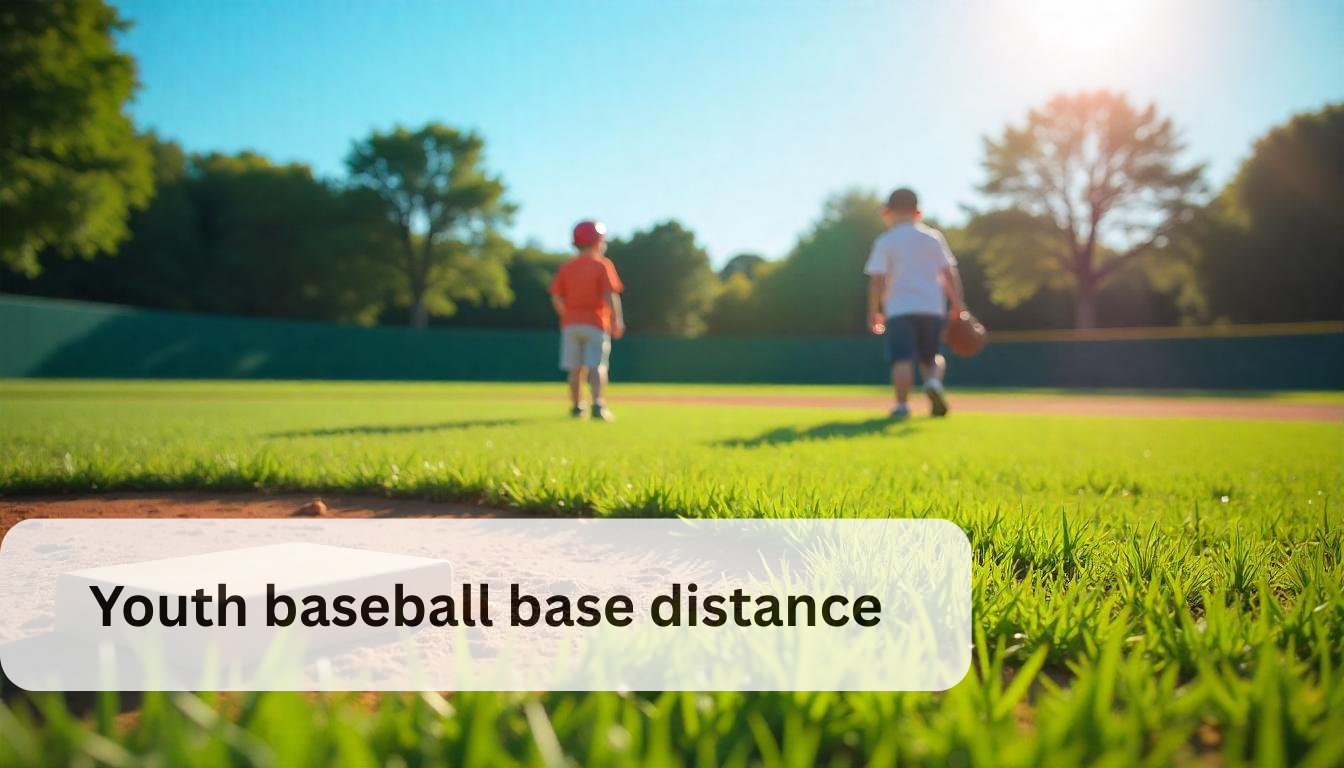A baseball has exactly 108 stitches. These stitches are crucial for the ball’s structure and performance.
But why does this number matter? Baseball fans often wonder about the details of the game. The stitches on a baseball aren’t just for looks; they play a vital role in the sport. Each stitch helps the ball’s aerodynamics, affecting how it flies through the air.
Understanding the number of stitches can give you a deeper appreciation for the game. In this post, we will explore the significance of these 108 stitches. We’ll also delve into how they impact the game’s dynamics. So, let’s uncover the fascinating details behind a baseball’s stitches.

Credit: www.pinterest.com
Introduction To Baseball Stitches
Baseball is a beloved sport with a rich history. One interesting aspect of the game is the stitches on a baseball. Each baseball has its own unique pattern of stitches. These stitches play a crucial role in the game. They affect how the ball moves and how pitchers throw it.
History Of Baseball Stitches
The history of baseball stitches dates back to the early days of the game. Initially, baseballs were handmade and the stitching was not uniform. Over time, the stitching process became standardized. Today, each baseball has exactly 108 stitches. This number has become a standard in the sport.
Early baseballs had a different number of stitches. They were also made from different materials. The changes in stitching were made to improve the ball’s performance. Now, the 108 stitches are made from red cotton thread. This color helps players see the ball better.
Importance Of Stitches In Baseball
The stitches on a baseball are not just for looks. They are essential for the ball’s aerodynamics. The way the ball moves through the air is affected by the stitches. Pitchers use the stitches to grip the ball better. This helps them throw different types of pitches.
The stitches also help in creating spin on the ball. A well-thrown curveball or slider relies on the stitches. The grip and spin can make the ball move in unexpected ways. This makes it harder for batters to hit the ball.
Without the stitches, baseball would be a very different game. The stitches provide both functionality and a visual guide. They are a small but crucial part of the sport.
The Anatomy Of A Baseball
Baseball is more than just a ball and a bat. The baseball itself is a marvel of construction and design. Understanding the anatomy of a baseball can give you a deeper appreciation of this iconic sport. Let’s break it down into its core components.
Materials Used
A baseball is made from a variety of materials. Each material plays a specific role in the construction of the ball.
- Cork and Rubber Core: The core, or “pill,” is made of cork and rubber. This provides the ball with its bounce.
- Wool Yarn: Layers of wool yarn are tightly wound around the core. This helps maintain the ball’s shape and adds weight.
- Leather Cover: The outer cover is made from cowhide leather. It is both durable and provides a good grip.
- Red Cotton Thread: The stitching is done with red cotton thread. This is not just for aesthetics but also to ensure durability.
Construction Process
The construction of a baseball involves several steps. Each step is crucial to ensure the ball meets the standards required for professional play.
- Creating the Core: The core is made by combining cork and rubber. This mixture is then molded into a round shape.
- Winding the Yarn: The core is then tightly wound with wool yarn. Multiple layers are added to give the ball its weight and shape.
- Stitching the Cover: Two pieces of leather are cut into figure-eight shapes. These pieces are then stitched together with red cotton thread. Each ball has exactly 108 stitches.
- Final Shaping: The ball is then rolled and shaped to ensure it is perfectly round.
Each baseball is meticulously crafted to meet exact specifications. This ensures consistency in play.
How Many Stitches On A Baseball
Have you ever wondered how many stitches are on a baseball? It’s a curious detail that many baseball enthusiasts ponder. The stitches on a baseball are more than just for looks. They play a crucial role in the game’s performance.
Standard Stitch Count
The standard baseball used in Major League Baseball (MLB) has 108 stitches. These stitches are made from red cotton thread. The process involves stitching two pieces of leather together. This creates the baseball’s iconic look and feel. These 108 stitches are carefully sewn to ensure the ball’s durability. The even stitching helps maintain the ball’s shape during play.
Variation In Stitches
Not all baseballs have the same number of stitches. Different leagues and levels of play may use balls with a different stitch count. For example, some amateur leagues use baseballs with 88 stitches. This difference can affect the ball’s movement and grip. It’s essential for players to know the stitch count. It can impact their performance on the field.

Credit: fanbuzz.com
Purpose Of Baseball Stitches
Baseball stitches play a crucial role in the game. They are not just for aesthetics. The stitches affect how the ball behaves in the air. This section explores the purpose of these stitches.
Grip And Control
The stitches on a baseball help pitchers grip the ball better. This is vital for throwing different types of pitches. With better grip, pitchers have more control. This control is crucial for accuracy and speed. A pitcher can hold the ball in various ways to achieve different effects. The raised seams provide friction, making it easier to grip.
Impact On Ball Movement
Baseball stitches also impact the movement of the ball. The seams interact with the air. This creates different types of pitches like curveballs and sliders. These movements can confuse the batter. The way a pitcher throws the ball, combined with the stitches, can cause it to drop or curve.
Table showing pitch types and their movements:
| Pitch Type | Movement |
|---|---|
| Fastball | Straight and fast |
| Curveball | Downward curve |
| Slider | Sideways and downward |
| Changeup | Slow and drops |
The stitches are vital for these movements. The seams catch the air, making the ball move in a specific way. Understanding this can help players improve their game.
Stitching Techniques
Stitching techniques play a crucial role in baseball manufacturing. Each baseball has 108 stitches, which help hold the leather cover together. These stitches also impact the ball’s grip and aerodynamics. Let’s explore the different stitching methods used in baseball construction.
Hand Stitching
Hand stitching is a traditional method in baseball manufacturing. Skilled workers use needles and thread to sew the leather cover. This technique requires precision and expertise. Each stitch must be tight and even. Hand stitching often results in higher quality baseballs.
Machine Stitching
Machine stitching is a modern technique. Machines automate the stitching process, ensuring consistency. It is faster and more efficient than hand stitching. The stitches are uniform, which helps maintain the ball’s shape. Machine stitching is common in mass production.
Fascinating Facts About Baseball Stitches
Baseball stitches are more than just threads holding the ball together. They hold stories, records, and some fascinating facts. From how many stitches are on a baseball to the role they play, let’s dive into the intriguing world of baseball stitches.
Records And Trivia
Each baseball has exactly 108 stitches. This number is consistent across all Major League Baseballs. The first and last stitches are hidden. The stitches are red. This is to make them visible for players and fans.
It takes about 10 minutes to stitch a baseball by hand. The yarn used for stitching weighs around 1 mile long. The stitches help pitchers control the ball’s movement. They also impact the ball’s speed and direction.
Famous Baseballs
Some baseballs have gained fame due to their stitches. One such ball is the home run ball hit by Babe Ruth in 1927. That ball’s stitches are part of baseball history. Mark McGwire’s 70th home run ball from 1998 is another example. The ball’s stitches witnessed a historic moment.
Even foul balls and game-winning balls tell stories through their stitches. These baseballs hold a special place in the hearts of fans and players.
Care And Maintenance Of Baseballs
Baseballs are essential for the game. Proper care extends their lifespan. Simple steps can keep them in top shape. Clean and store them well to maintain their quality. Here are some tips to help you.
Cleaning Tips
First, use a soft cloth. Gently wipe off any dirt. Avoid using harsh chemicals. Mild soap and water work best. Dry the baseball completely before storing. This prevents mold and damage.
Check for scuffs or cuts. Use a leather cleaner for stubborn stains. Always clean after every game. This keeps the baseball looking new.
Storage Advice
Store baseballs in a cool, dry place. Avoid direct sunlight. Heat can damage the leather. Use a container to keep them safe. Airtight containers prevent moisture build-up.
Don’t stack heavy items on baseballs. This can deform their shape. Keep them in their original box if possible. Rotate stored baseballs to prevent flattening on one side.
Following these tips will help maintain your baseballs. They will last longer and perform better. Proper care is key.
Impact Of Stitches On Gameplay
The number of stitches on a baseball has a significant impact on gameplay. Each baseball has 108 double stitches, which affects various aspects of the game. Understanding how these stitches influence pitching and fielding can give players a competitive edge.
Pitching Styles
Stitches on a baseball affect how pitchers grip the ball. Different grips result in different pitches. For example, a fastball grip uses the seams for better control. Curveballs and sliders rely on the stitches to create spin. This spin affects the ball’s movement. Pitchers often use the seams to achieve their desired pitch.
Fielding Techniques
Fielders also benefit from the stitches on a baseball. The seams help fielders grip the ball firmly. This grip is crucial for accurate throws. Especially for infielders who need quick and precise throws. Outfielders use the seams to make long-distance throws easier. Proper grip can make a big difference in a game.
Credit: waxpackgods.com
Frequently Asked Questions
How Many Stitches Are On A Baseball?
A standard baseball has 108 double stitches, which equals 216 single stitches. These stitches are crucial for the ball’s aerodynamics and grip.
Why Are There 108 Stitches On A Baseball?
The 108 stitches provide the baseball with structural integrity and optimal aerodynamics. This number has been standardized to ensure consistency in gameplay.
What Material Are Baseball Stitches Made Of?
Baseball stitches are made of waxed red cotton thread. This material is chosen for its durability and visibility during play.
How Are Baseball Stitches Sewn?
Baseball stitches are hand-sewn by skilled workers. Each stitch is carefully placed to ensure uniformity and performance.
Conclusion
Understanding the stitches on a baseball offers deeper appreciation for the sport. Each stitch plays a crucial role in the game. Knowing there are 108 double stitches on a baseball enriches your knowledge. It’s fascinating how these stitches impact the ball’s movement.
So, next time you watch a game, remember the importance of each stitch. This detail connects fans more closely to the sport. Baseball’s charm lies in such unique, intricate elements. Keep exploring and enjoy the game even more. Stay curious and keep learning.





